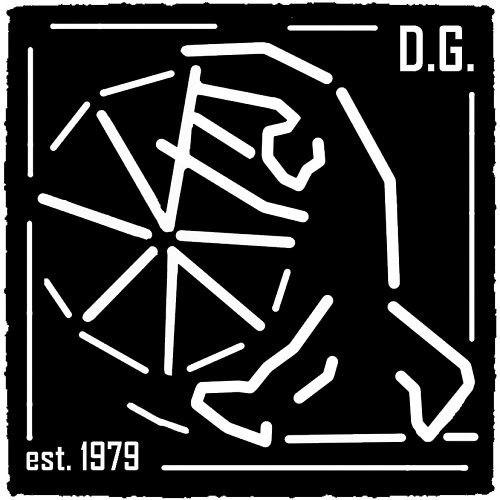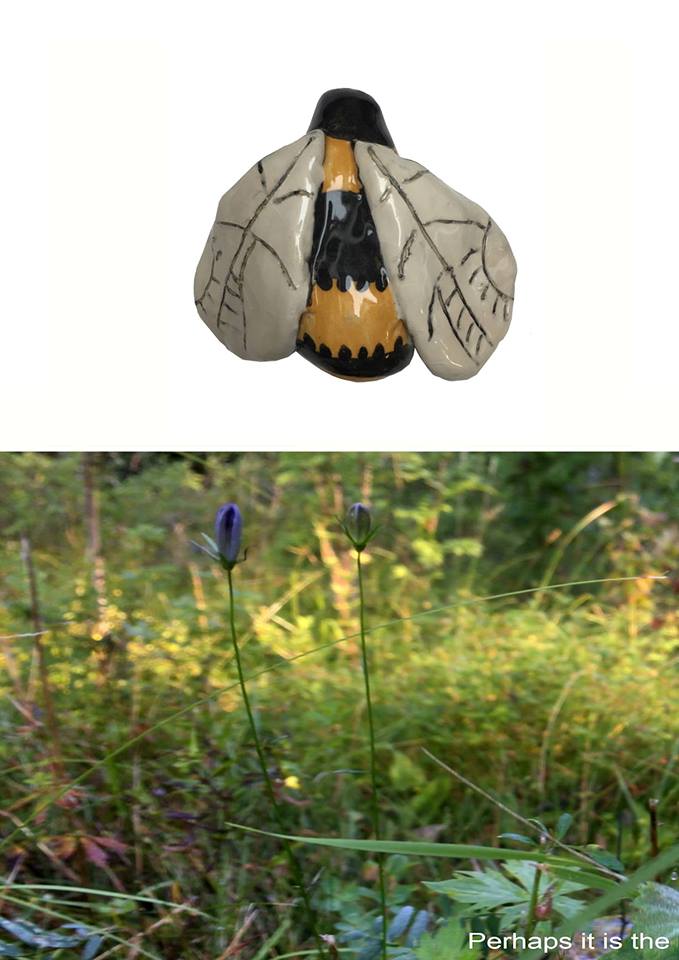Vernissage 27.04. kl. 17.00 – 20.00
Marknadsvärdet representerar vad någon är villig att betala för en produkt – inte det värde som är den är prissatt till eller egentligen värd enligt finans-ordboken www.investinganswers.com. Funktionen är sekundär och priset speglar konsumentens känslor inför den, snarare än de resurser och den arbetskraft som krävts för att producera den. De flesta produkter är heller inte gjorda för att uppfylla basala behov, utan för att bygga individers identiteter. De är tecken som berättar historier om oss. Historier vi lärt oss läsa och förstå bättre än vi förstår hur och var sakerna kommer ifrån. Det eftersom produktionen ofta sker genom komplexa industriella processer, i stora kvantiteter, utanför städerna. Städer där majoriteten av mänskligheten bor, där butikerna finns, där hyllorna fylls och töms. Städer av asfalt och betong, där man kommunicerar genom medier, fyllda av bilder som representerar en verklighet. En verklighet verkligare än verkligheten själv, som Baudrillard skulle uttryckt det, där fisken är en pinne och kon är nöt.
I den verkligheten kan man gå vilse och glömma att producenter producerar varor inte bara för att fylla behov men för att skapa flera. Att det är mer ekonomiskt för en butik att slänga överflödiga äpplen än att sänka priset på dem; att jordbrukare odlar mer än vad de kan sälja och låter delar av grödan ruttna på fältet för att garanterat kunna möta efterfrågan från butikerna; att butikschefer beställer hem fler varor än de behöver eftersom halvfulla hyllor anses oattraktiva; att konsumenterna missförstått ’bäst före datumet’ och tror att det är en absolut gräns, trots att den anger perioden då varorna är som allra bäst. En ”effektiv” verklighet med en marknad av överflöd som håller livsmedelspriserna låga. Där en tredjedel av all mat som produceras globalt till människor slängs bort varje år. Där den odlade marken breder ut sig på bekostnad av andra arters liv som till exempel de vilda blommornas, där var femte art i Sverige idag anses hotad.
Blommor som förr, när en plats blivit otjänligt kunde flytta, men som inte har den möjligheten när platserna att fly befolkats. ’Refugierna har utplånats’ som professor Donna Harraway sa på en föreläsning på Evergreen State College år 2016. Och sen: allt hänger ihop, vi är alla lavar! Det som Selma Lagerlöf uttryckte med andra ord, 1891, i Gösta Berlings saga: Jag ville, att den gröna jorden inte kände mina steg som en tung börda. Jag ville, att hon gärna förläte, att hon för min skull såras med plog och harv (…) Ty det synes mig ofta, som om de döda tingen skulle känna och leva med de levande. Inte är skrankan mellan dem och oss så stor, som människor tro. Vilken del av jordens stoft är det, som inte varit inne i livets kretsgång?
Harry Anderson (f.1986, Stockholm) arbetar med teckning, måleri och skulptur. Han studerar sitt femte år på Det Kongelige Danske Kunstakademi. Han är aktuell med serieromanerna Livet är inte alltid Hawaii från 2017 och uppföljaren Det förlorade paradiset, som kommer senare i år på Kartago förlag.
Moa Alskog (f. 1985, Umeå) arbetar med text, video og installation. Hon tog sig MFA från Det Kongelige Danske Kunstakademi i København og Michaelis School of Arts Cape Town år 2016. Senaste utställningarna inkluderar Vibrant Matter på SAK i Svendborg och Jeg kler mig, ergo er jeg? på Akershus Kunsthal, Oslo. Bluebell Bluebell.
Bluebell Bluebell.
Opening 27.04. kl 17.00-20.00
Market value represents what someone is willing to pay for an asset – not the value it is offered for or intrinsically worth states the financial dictionary www.investinganswers.com. The product function is secondary. The price mirrors how the consumer feels about it, rather than the resources and the physical work it has taken to produce it. Nor are most products made to fulfil basic needs, but to build the identities of individuals. They are signs that tells us stories. Histories we have learnt to read and understand, often better than we understand how and where they have come to be. Since they often are made through complex industrial processes, in big quantities, outside the cities. Cities in which the majority of people live, where the stores are located and shelves are filled and emptied. Cities made of concrete and asphalt, where most communication goes through media, brimming with images representing a reality. A reality more real than reality itself, as Baudrillard would have put it, where a fish is a stick and a cow is beef.
In that reality you can get lost and forget that producers manufacture products not only to fill needs but to create more.
That it is more economical for a store to discard superfluous apples than to lower their price; that farmers grow more than they can sell, and would rather let part of the crop rot on the field to guarantee in-store demands; that store managers order more goods than they can sell, to avoid “unattractive” half full shelves; that consumers have misunderstood what the expiry date means and assume it to be an absolute limit, even though it indicates the period when the food is at its best. It is an “efficient” reality, with a abundance of produce that keep food prices low. Where a third of all food produced for humans globally is wasted. Where cultivated land is spreading on the expense of other species lives, for example the wild flowers, where every fifth species is considered threatened in Sweden today.
Flowers that once, when a place had become unfit for survival could move on, but whom today have fewer places to choose from as most places are already populated. The refugia have been wiped out as Donna Haraway said at a lecture at The Evergreen State College in 2016. And then: everything is connected, we are all lichens! In other words, as Selma Lagerlöf wrote, 1891, in Gösta Berlings Saga: I would like the green earth not to feel my steps as a heavy burden. I wish that she would gladly forgive that for my sake she was wounded with plow and harrow. (…) For it often seems to me as if dead things feel and suffer with the living. The barrier between them and us is not as great as people think. What part of earth’s matter is there that has not been part of the cycle of life?
Harry Anderson (b.1986, Stockholm) works with drawing, painting and sculpture. He studies his fifth year at the Royal Danish Academy of Fine arts. Last year he debuted with the graphic novel Livet är inte alltid Hawaii and in may he will publish the follow-up Det förlorade paradiset at the publishing house Kartago.
Moa Alskog (b. 1985, Umeå) works with text, video and installation. She graduated from the Royal Danish Academy in 2016. Her latest exhibition includes Vibrant Matter at SAK in Svendborg and Jeg kler mig, ergo er jeg? at Akershus Kunsthal, Oslo.

